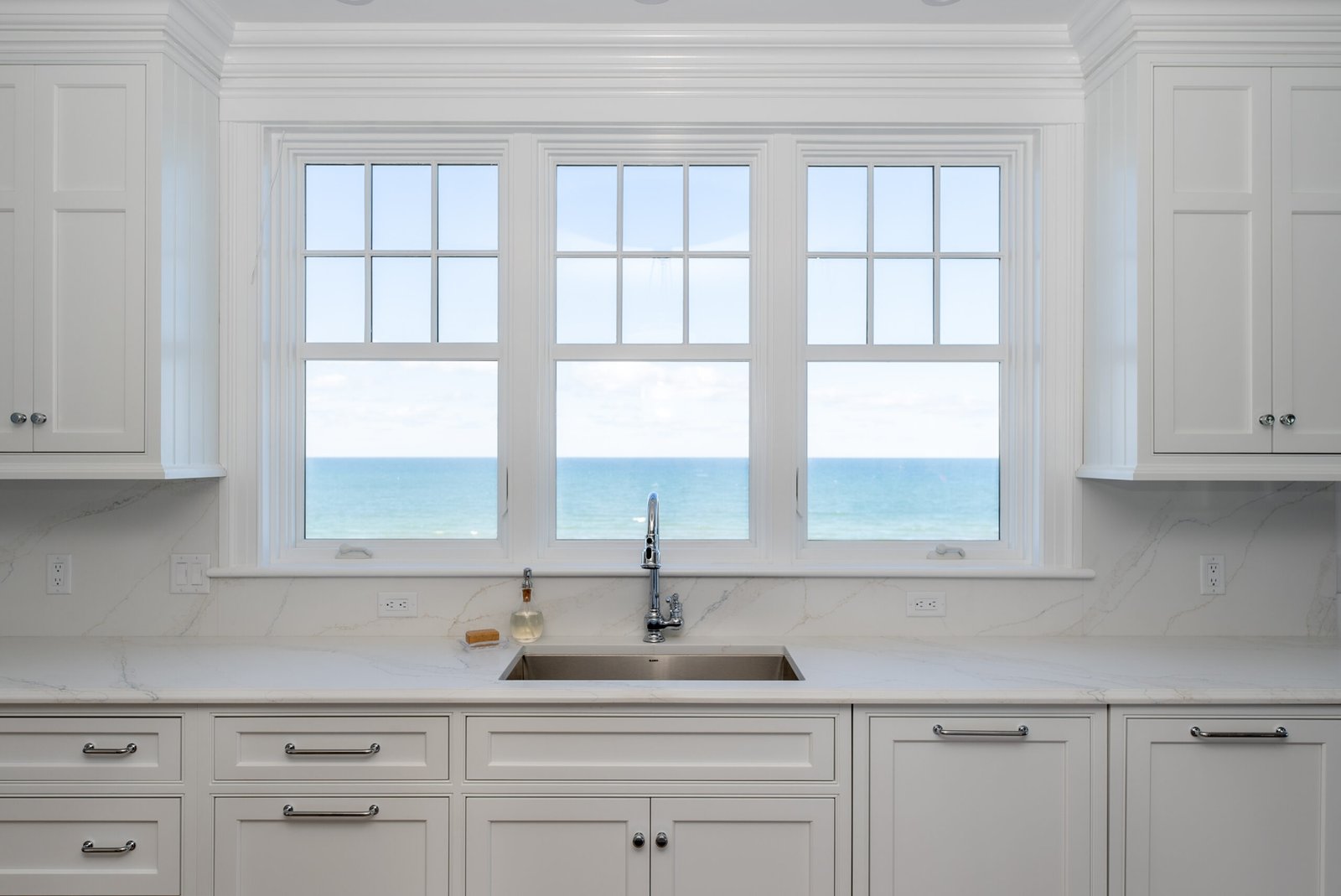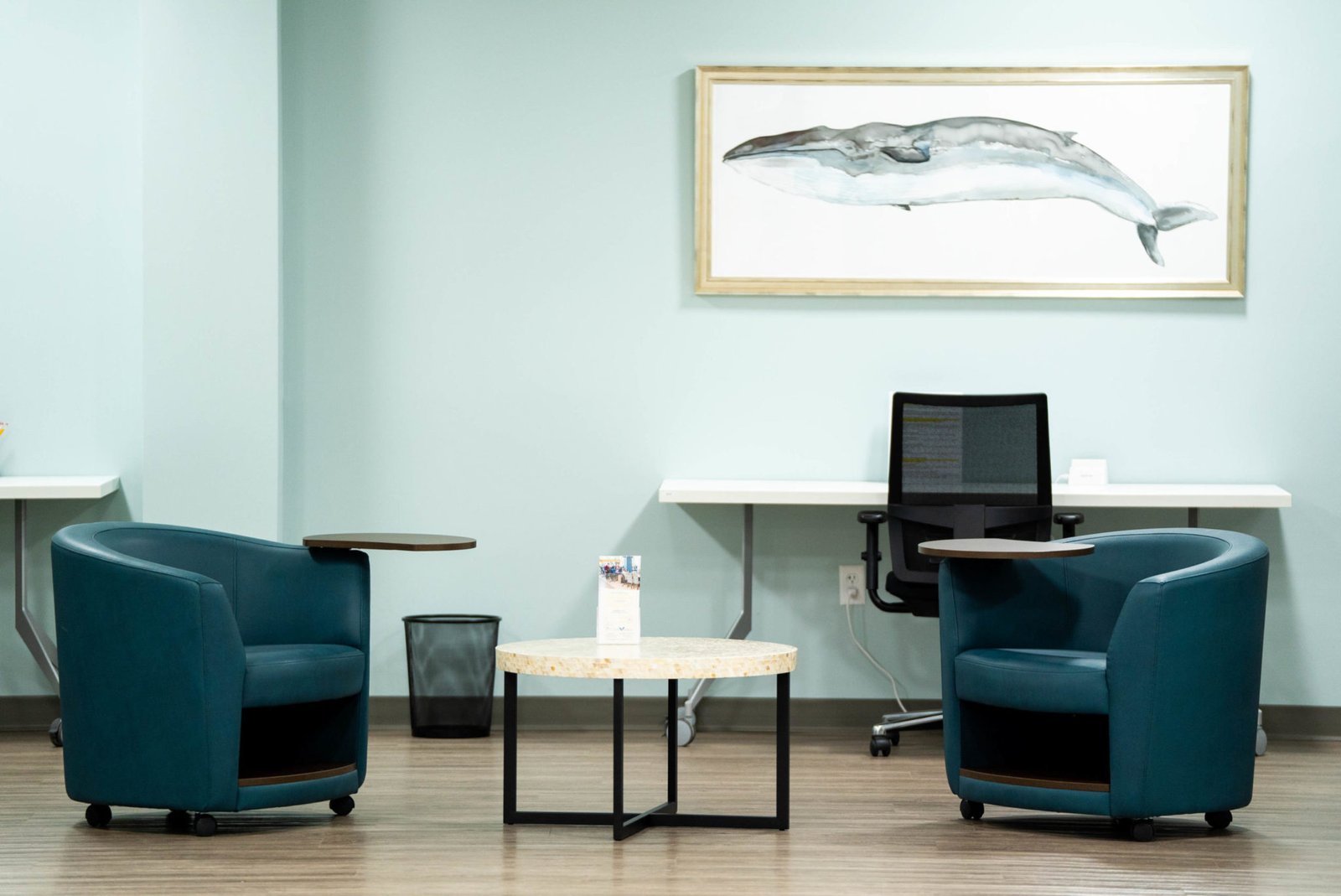Water damage can strike unexpectedly, causing significant distress and loss. Whether due to a burst pipe, flooding, or an appliance malfunction, water damage can wreak havoc on your home and valuable possessions. Safeguarding important documents, electronics, and sentimental items requires a proactive approach and understanding of water damage restoration services. Here are some effective strategies to protect your valuables during a water damage incident.
Protecting Important Documents
Important documents such as birth certificates, passports, legal papers, and financial records are irreplaceable. Here are some steps to protect them:
1. Digitize and Store Copies
Scan and store digital copies of all essential documents. Use cloud storage services or external hard drives to keep these digital copies safe and accessible. This ensures you have a backup in case the physical documents are damaged or destroyed.
2. Use Waterproof Containers
Store important documents in waterproof and fireproof containers. These containers provide a high level of protection against water damage, fire, and other potential hazards. Place the containers in a location that is easily accessible in case of an emergency.
3. Elevate Storage Locations
Keep document storage containers elevated off the ground, especially in areas prone to flooding. Shelves or cabinets can help protect documents from water that may accumulate on the floor during an incident.
4. Create an Emergency Grab-and-Go Bag
Prepare an emergency bag with copies of your most critical documents, such as identification, insurance papers, and medical records. In the event of an evacuation, having this bag ready can save time and ensure you have necessary documentation on hand.
Safeguarding Electronics
Electronics are particularly vulnerable to water damage, and protecting them requires careful planning:
1. Unplug and Elevate
Unplug all electronic devices when not in use to prevent electrical hazards during water damage incidents. Keep electronics elevated on desks, shelves, or stands to minimize the risk of contact with water.
2. Use Waterproof Covers and Cases
Invest in waterproof covers and cases for laptops, tablets, and other portable electronics. These protective measures can shield devices from moisture and water splashes.
3. Backup Data Regularly
Regularly back up data from your electronic devices to cloud storage or external hard drives. In the event of water damage, having a recent backup ensures that important information is not lost.
4. Store in Airtight Containers
For small electronics and accessories, consider using airtight containers or resealable plastic bags. These containers can provide an additional layer of protection against water intrusion.
Preserving Sentimental Items
Sentimental items, such as photographs, heirlooms, and keepsakes, hold irreplaceable value. Here’s how to protect them:
1. Digitize Photos and Videos
Scan and digitize old photographs and videos. Store digital copies in multiple locations, such as cloud storage and external drives, to ensure their preservation.
2. Use Archival-Quality Storage
Store physical photographs and documents in archival-quality, acid-free containers and sleeves. These materials help prevent deterioration and protect against water damage.
3. Elevate Storage Locations
Like important documents, store sentimental items in elevated areas. Avoid basements and ground floors, which are more susceptible to flooding.
4. Create a Sentimental Items Emergency Box
Prepare a box containing copies of your most cherished sentimental items. This box should be easily accessible in case you need to evacuate quickly.
Proactive Measures to Minimize Water Damage Risk
Taking proactive measures can reduce the likelihood and impact of water damage:
1. Regular Maintenance
Perform regular maintenance on your home’s plumbing, appliances, and roof to identify and fix potential issues before they cause water damage. Regular inspections can help detect leaks and weaknesses that may lead to water intrusion.
2. Install Water Alarms and Sensors
Water alarms and sensors can alert you to leaks and flooding early, allowing you to take immediate action. Place these devices near water sources, such as sinks, water heaters, and basements.
3. Know the Location of Shut-Off Valves
Familiarize yourself with the location of your home’s main water shut-off valve. In the event of a major leak or pipe burst, quickly shutting off the water supply can prevent extensive damage.
4. Develop an Emergency Plan
Create an emergency plan that includes steps for protecting your valuables. Make sure all household members are aware of the plan and know how to execute it in case of an emergency.
Understanding Water Damage Restoration Services
It’s important to understand what water damage restoration services entail. These services are designed to mitigate the impact of water damage, prevent further damage, and restore affected areas to their pre-damage condition. Professionals use specialized equipment and techniques to remove water, dry out affected areas, and sanitize the environment. Hiring a reputable water damage restoration service can make a significant difference in minimizing losses and speeding up recovery.
Hiring Professional Water Damage Restoration Services
When water damage occurs, hiring a professional water damage restoration service can be crucial. These experts have the knowledge, experience, and equipment to handle the situation effectively:
1. Rapid Response
Professional restoration services provide a rapid response to mitigate damage. Their prompt action can prevent further deterioration and begin the restoration process quickly.
2. Comprehensive Assessment
Restoration professionals conduct a thorough assessment to determine the extent of the damage. This includes identifying hidden moisture and areas that need special attention.
3. Advanced Equipment and Techniques
Professionals use advanced equipment, such as industrial-grade dehumidifiers, air movers, and moisture meters, to effectively dry and restore affected areas.
4. Sanitization and Mold Prevention
Water damage can lead to mold growth and contamination. Restoration services include sanitization and mold prevention measures to ensure a safe and healthy environment.
Protecting your valuables during a water damage incident requires a combination of proactive measures and quick action. By digitizing important documents, using waterproof containers, and elevating storage locations, you can safeguard essential items. Regular maintenance, water alarms, and emergency planning further reduce the risk of water damage. In the event of an incident, hiring professional water damage restoration services ensures effective mitigation and restoration, minimizing the impact on your home and possessions.
By following these strategies, you can protect your valuables and ensure that your home remains safe and secure, even in the face of unexpected water damage.




Leave a Reply